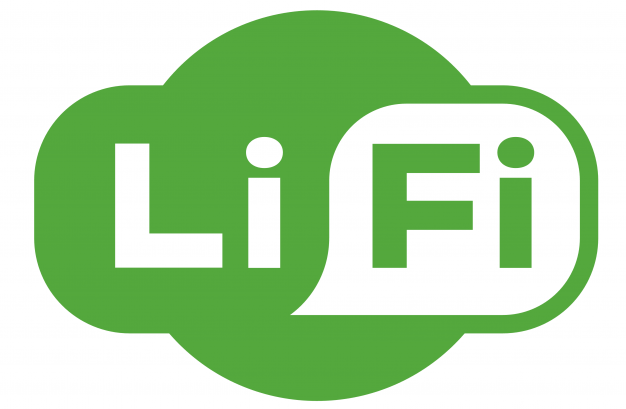
Rome school powers ahead with pioneering wireless technology
Rome has become the first city in Italy and indeed one of the first in the world to introduce Li-Fi technology – the very latest in wireless technology – in one of its schools.
This experiment, which uses the modulation of LED light to connect to the internet and which is viewed as safer than traditional wi-fi, is being introduced at the Istituto Comprensive.
The project, which has been made possible through a collaboration between Roma Capitale and the startup To Be, was unveiled by the Mayor of Rome, Virginia Raggi. She said: “We took this opportunity with great enthusiasm, thus strengthening our commitment to lead Rome towards an increasingly smart, innovative and sustainable future.
I am particularly proud that this technology, which is faster, more efficient and more secure than Wi-Fi, is being tested in a Roman school.
Roma Capitale thus continues its evolution process towards a “smart” urban model, making use of the best and most modern technologies to make the city more liveable and accessible.
The city of Rome says that Li-Fi is an innovative wireless technology that uses light waves, emitted by a light bulb, to transmit data and information. Compared to Wi-Fi technology, it does not use transmission in the radio frequency field, thus benefiting from several advantages: the transmitters are able to provide greater bandwidth and, in fact, eliminate the potential health risks of the people stationed in the covered area from the transmission.
‘Our students become protagonists of innovation’
The Li-Fi School project also involved industrial and strategic partners such as Signify (formerly Philips Lighting) and TecnoElectric Srl, for the implementation of a Li-FI system capable of connecting up to 20 computer stations and guaranteeing a modern, innovative connection. and secure wirelessly. In the Rosetta Rossi Comprehensive Institute a wireless system has been set up with higher download / upload transmission speeds than traditional Wi-Fi , such as to allow teachers and pupils to carry out the training activities better, without any exposure to radio frequency waves .
In addition to the Li-Fi transmitters, LED lamps have been installed, designed to provide greater visual comfort, thanks to a light-colour combination that promotes psychophysical well-being, thus facilitating students’ learning. The lamps are designed with an innovative light design that contributes to the modernisation of the furniture inside the computer room.
Giovanni Capitale, Director of Infrastructures ICT physics at Roma Capitale, said: “The innovation work carried out by the Digital Transformation Department continues which, after having widely implemented public access to the internet via wi-fi, installing and managing 1,527 access points over time on 453 different locations, we wanted to experiment with this new wireless transmission technology, to verify its characteristics in the field and create the necessary know-how to design further innovative services for the benefit of citizens and city-users of Roma Capitale.”




